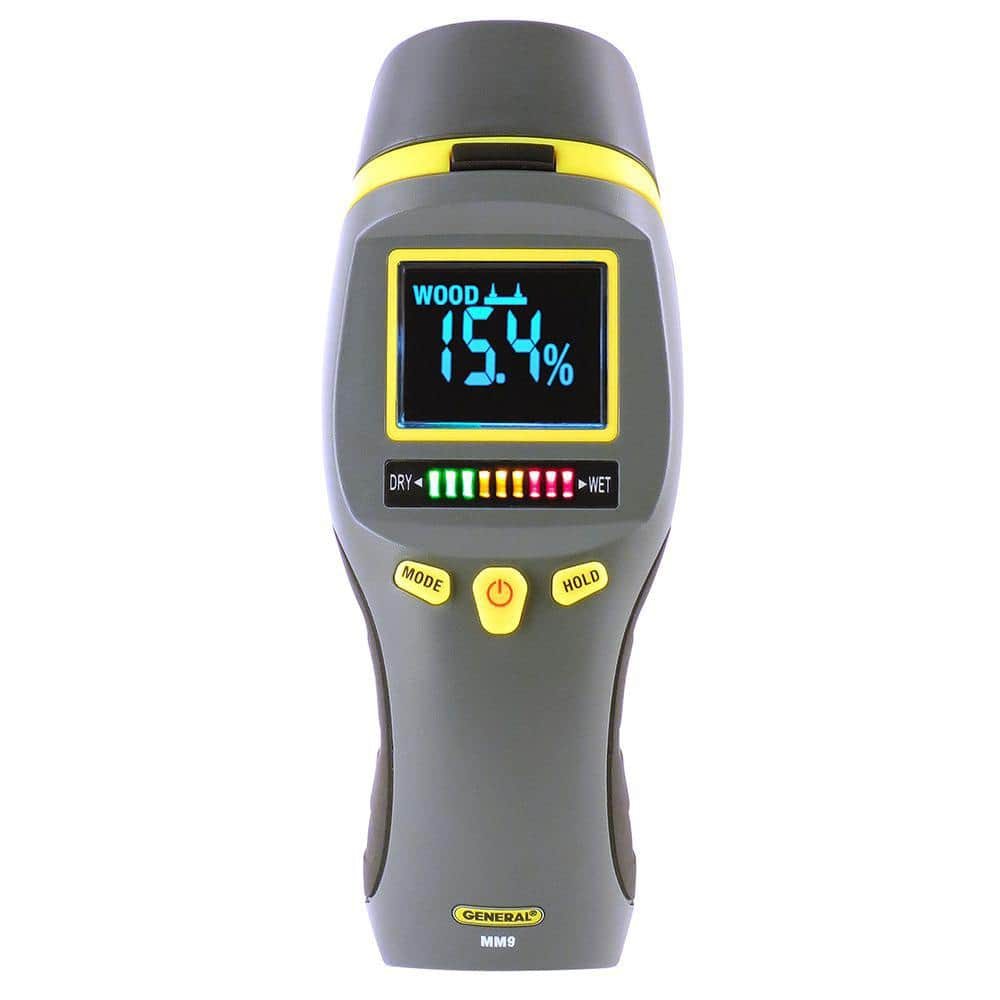Understanding the Significance of a Moisture Meter in Preventing Mold and Water Damages in your house
In the realm of home maintenance, the existence of dampness can typically be a silent yet formidable foe, qualified of causing prevalent mold and mildew development and insidious water damage if left uncontrolled. Understanding the relevance of a dampness meter in this fight is not merely a choice yet a strategic necessity.
Value of Moisture Discovery
Efficient moisture detection methods are critical for protecting properties and avoiding possible mold and mildew growth and water damage. Dampness can permeate right into numerous structure products, resulting in architectural concerns and carcinogen. By using a dampness meter, homeowner can proactively identify locations prone to excess dampness, enabling prompt intervention and reduction approaches.
Moisture meters offer accurate analyses of dampness degrees in different materials such as concrete, timber, and drywall. This data helps in pinpointing locations of concern, even in hard-to-reach or surprise locations. Early discovery of wetness build-up enables prompt repairs or adjustments to avoid further damages.

How Moisture Meters Work
Dampness meters play an essential function in the aggressive recognition of excess dampness, helping in the prevention of prospective mold development and water damage by providing exact analyses of wetness levels in numerous building materials. These devices function based on various principles, relying on their kind. Moisture Meter. Pin-type wetness meters, for example, have two pins that penetrate the material to measure the electric resistance between them. When moisture is existing, it enhances the product's conductivity, resulting in a lower resistance analysis. Pinless wetness meters, on the various other hand, use electro-magnetic sensors to check the material without triggering damage. These sensors send out electromagnetic signals that pass through the material and determine the dielectric residential or commercial properties, showing moisture material. Some progressed moisture meters pin both integrate and pinless modern technologies for extensive wetness detection. Comprehending how moisture meters function is important for timely and accurate wetness degree assessments, allowing reliable preventive steps versus mold and water damage.
Finding Early Indication
Upon initial examination of a residential or commercial property, identifying subtle signs of excess dampness becomes vital in the early detection of prospective mold and mildew growth and water damage. Water stains can signify leaks or seepage, while peeling off paint or wallpaper might be an outcome of moisture jeopardizing the attachment of these materials to the surface area. Additionally, a boost in allergy signs or breathing concerns among passengers might suggest the visibility of mold due like this to excess wetness.
Preventing Mold Development
Identifying early warning indications of excess dampness within a residential property not just allows prompt discovery of possible mold and mildew development and water damage yet also serves as a proactive action in preventing the proliferation of mold and mildew. To efficiently avoid mold development, it is vital to resolve any kind of resources of moisture without delay.
Keeping an eye on moisture degrees in locations vulnerable to moisture, such as basements and creep areas, utilizing a wetness meter can also help in early discovery of elevated dampness degrees and prospective mold and mildew development - Moisture Meter. By taking positive steps to prevent excess wetness and mold and mildew development, home owners can guard their building and indoor air quality.
Advantages of Regular Surveillance
Regular tracking of moisture levels in a residential property can play a critical role in keeping a healthy and balanced indoor atmosphere and protecting against potential mold and water damage. By regularly inspecting dampness degrees, property owners can identify any problems quickly and take needed actions to stop mold and mildew growth and water damage. One of the key benefits of normal surveillance is early detection. By recognizing and attending to high wetness levels early on, homeowners can intervene before mold has the possibility to create and spread. This proactive technique can conserve both money and time in the future by stopping substantial mold remediation and repair work costs.
In addition, regular surveillance enables house owners to track Source patterns and patterns in wetness levels over time. By developing a baseline and monitoring changes, individuals can identify any type of locations of problem or potential vulnerabilities in the home's framework. This data-driven method enables targeted interventions and upkeep initiatives to deal with underlying concerns prior to they intensify into more considerable problems. Inevitably, the consistent tracking of dampness degrees encourages house owners to shield their property, protect their wellness, and protect the honesty of their interior setting.

Final Thought

By utilizing a moisture meter, building owners can proactively identify locations vulnerable to excess dampness, allowing for timely treatment and reduction techniques.

Keeping track of wetness levels in areas prone to moisture, such as basements and crawl spaces, using a moisture meter can also help in early Read Full Report detection of raised dampness degrees and prospective mold and mildew development. (Moisture Meter)